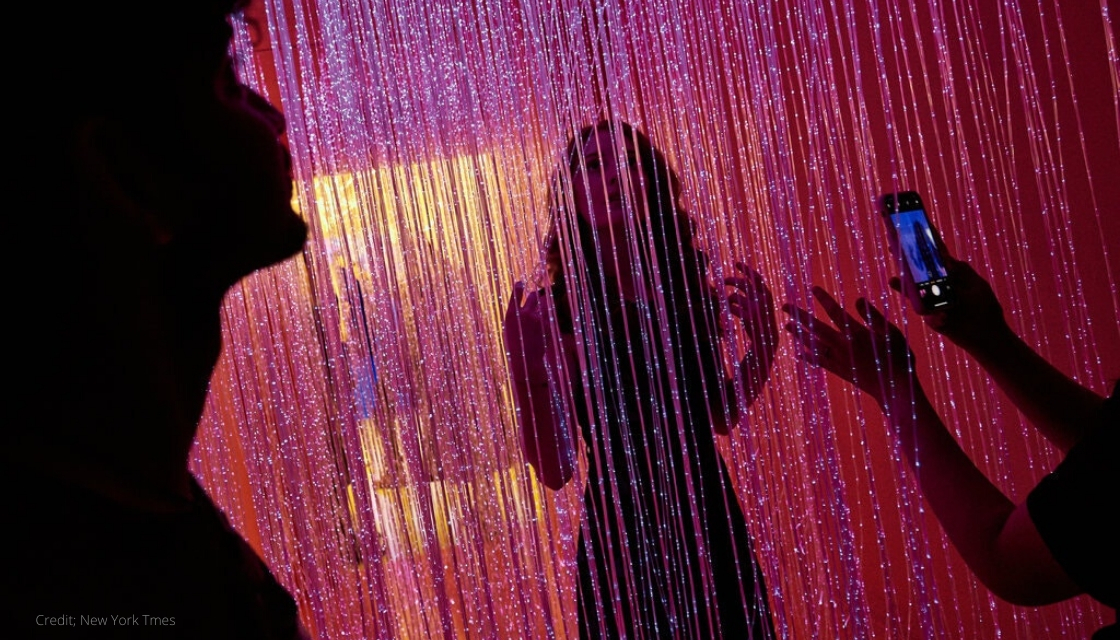There is a common theory with most social media companies that there is a point for each service that a user must reach to unlock value in the service. For Facebook, it might be once you have three or more friends. Or in the early days of Instagram (pre-explore tab), it might be once you’ve followed five active accounts so that your feed is regularly refreshed with new content. It’s at these points some of the pillars are made accessible – you can’t have conversation without friends. You can’t be entertained without content from others.
The ease of clearing this early hurdle is a predictor of the virality and growth of an emerging service. However, there is a similar hurdle faced by mature social media platforms that acts in the opposite way. Once you reach a saturation point of your audience, you are actually dis-incentived from posting more.
The Status Tipping Point
Consider Facebook. Everyone flocked to the platform seeking friends, and eventually status through a large network. But as a teenager, once your parents and grandparents are your friends and can see what you post, how likely are you to share your actual thoughts (or photos from the party you snuck out to)? This is the same phenomenon that drove teens on Instagram to develop “Finstas” – or “Fake instagram” accounts. On these accounts, teens would sporadically post parent-approved content to uphold an image for their unknowing parents. They would then host the content that felt authentic to them with their friends on a completely separate account, hidden from their parents’ reach.
Even I have felt the breaking point of Instagram lately. In celebrating a recent birthday, there were many friends I wasn’t able to invite. I found myself nervous that those in attendance would post photo evidence of the gathering, outing me to those who weren’t invited. It wouldn’t be a FOMO-inducing experience of the kind that Instagram thrives on, but rather one that would cause potentially uncomfortable social tensions. The ever presence of Instagram was making in real life (or “IRL”) experiences feel stressful, just because of the potential reach of the audience. Instagram recently released a feature where you can designate your “close friends” to help mitigate this issue. This is an indication that Instagram already recognizes the need to provide more control and smaller groups to encourage people to post more often.
I believe Instagram and Facebook have hit that tipping point – the point where the accumulation of status tilts the scales such that these social media companies transform into status media companies. You can tell this has happened when your social group on a platform becomes too big or varied that you no longer want to post authentic content; or when your usage of the platform becomes solely about content that will get you status. The pure social elements have disappeared and status reigns king.
I believe that status is an inevitability with all social platforms. In some cases it may be a starting point, but in all cases it is an end point. Every successful social app will find itself a part of the Social <> Status cycle.
The Social <> Status Cycle:
1. A social company is born with some unique footprint across the five social pillars
2. As that company matures, it will seek to satisfy the natural desire of users to amass status, adjusting its feature set and thus its footprint across the social pillars
3. Once one’s social group on that platform becomes so large that it disincentives authentic content, that platform has tipped into status media
4. Once a social company tips to become a status media company, a void is left in the social landscape for more authentic interactions across the remaining four pillars
5. New social companies will enter the ecosystem to fill that gap and eventually provide a new platform for amassing status to rising generations
This is the natural evolution of social apps. It means there will always be opportunities for new social innovations (more on where these investment opportunities are in upcoming posts). This is a cycle we have seen play out, and one that we will inevitably see again. It will continue because it is based on the natural human desire for community, utility, entertainment, (increasingly) privacy and most certainly – status.
*
This is one of a series of excerpts from my chapter in Finding Genius: Venture Capital and the Future it Is Betting On. You can check out the entire excerpt series here. The book is available for purchase on Amazon.
